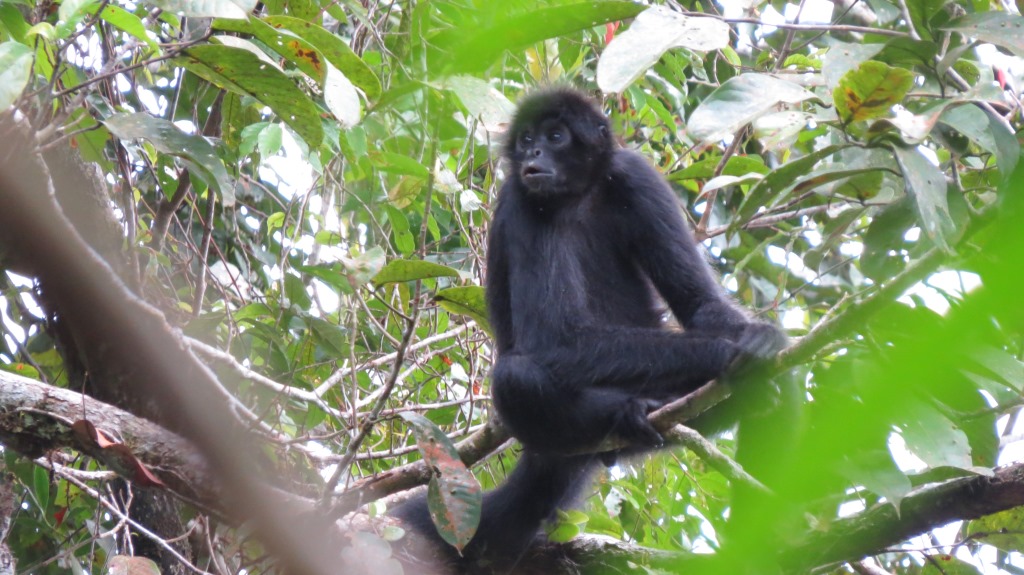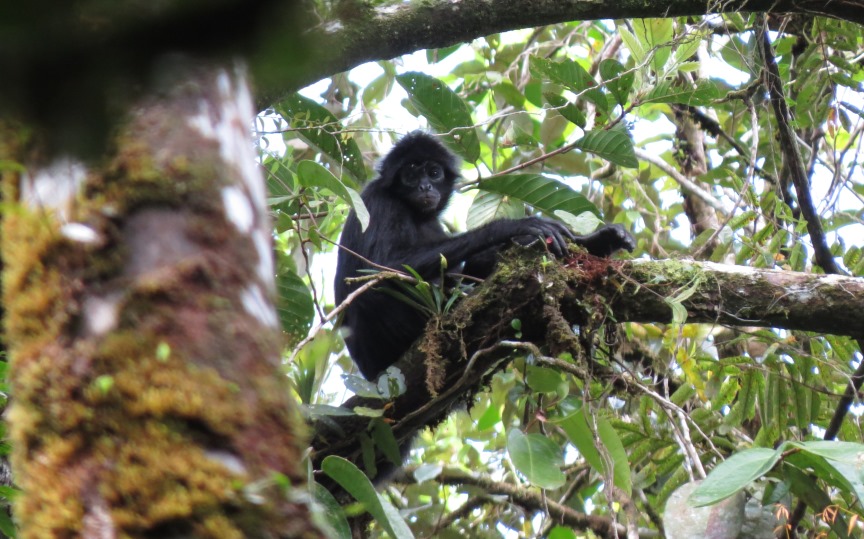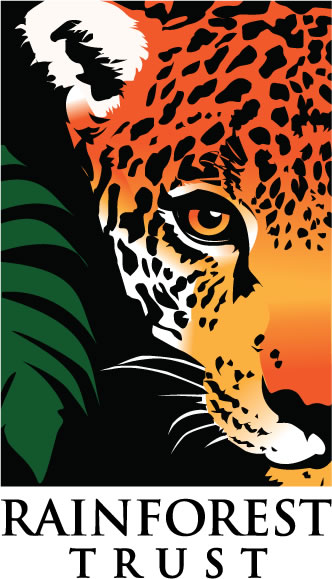21 individuals of the Black-headed Spider monkey (Ateles fusciceps), species critically endangered, were found on the Fundación ProAves Titi Cabeza del Algodón Reserve, within the framework of the Evaluation y Conservation project of the Black-headed Spider monkey.
This primate, known by indigenous people Embera Katíos as Yarré, is one of the most endangered and least studied primates in Colombia. It has a restricted habitat in Panama, Colombia and Ecuador and is currently included in the Red List of the International Union of Nature (IUCN) as Critically Endangered. This is due to the reduction of their population in 80% in the last three generations, coupled with the constant threat of hunting for bushmeat, trafficking of individuals and the loss and transformation of their habitat.
Like other primates, it plays an important role in the ecosystem, being key in seed dispersal in forests. It is one of the largest New World monkeys; weighing between 7 and 10 kg, having long limbs, elongated body, no thumb on its hands and a prehensile tail. It inhabits mature and disturbed forests, is frugivorous, diurnal and uses the canopy for displacement activities, foraging and resting (Defler, 2010).
 |
 |
The trails where Juliett Gonzalez, Project researcher, registered Black-headed Spider monkey individuals in May have high diversity, height and plant heterogeneity, making them a suitable habitat for this species.
During June 2014, daytime walking tours took place during which a total of 21 individuals of the species were sighted. A first encounter with 8 individuals: an infant, three adult males, three adult females, and a juvenile in displacement activity and a second register of 13 individuals: an infant, seven juveniles, two adult females and three adult males.
The species is known by locals and can certainly be used as a flag to preserve the last remnants of tropical rainforest in the Chocó. Currently in Colombia there is a misjudgement of the status of populations of this primate.
Special thanks to:
 |
